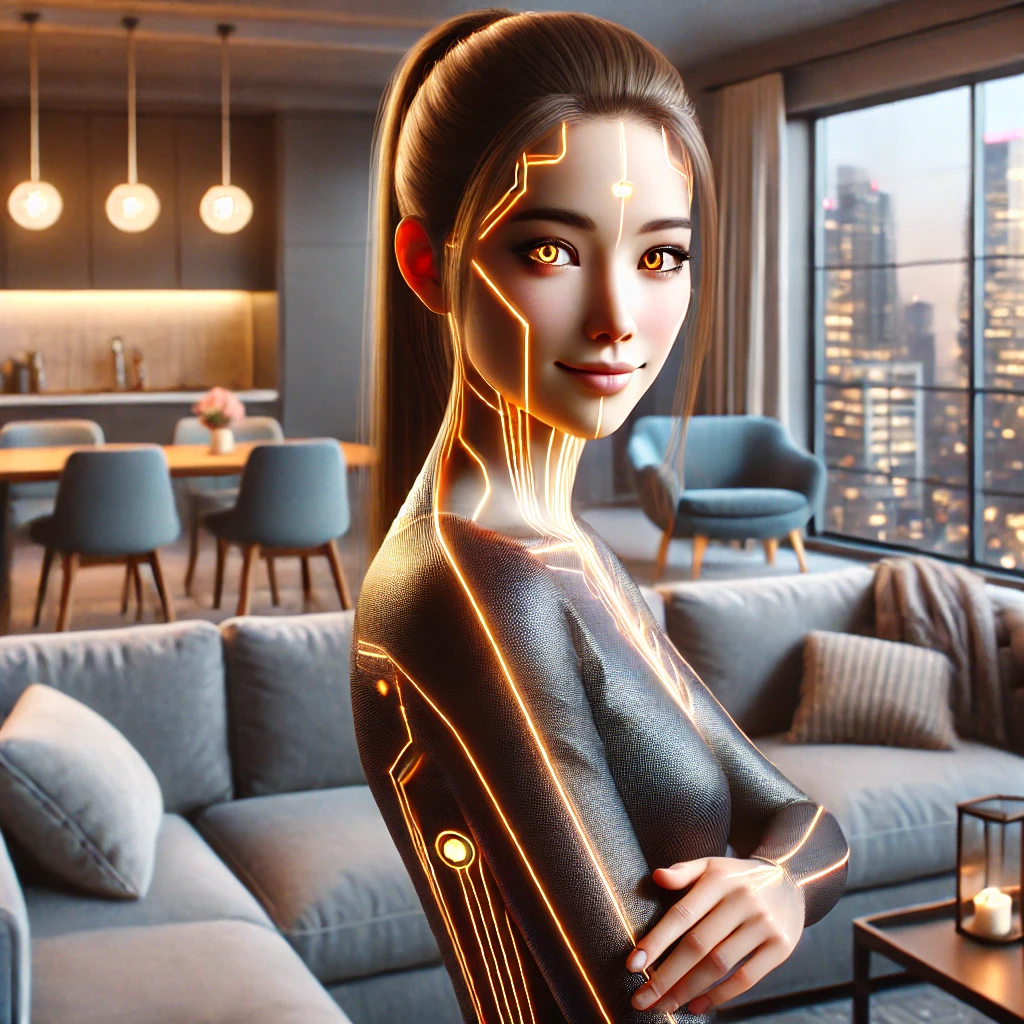 Zapier Automation – Automate Publishing. Free Your Time!
Zapier Automation – Automate Publishing. Free Your Time!
Generative AI: What It Means for the Future of Content Creation
Written by Soulmaite » Updated on: June 17th, 2025

Generative AI has become one of the most discussed technologies of the decade. It has transformed the way content is created, consumed, and shared. With its ability to produce text, images, music, and videos, generative AI is impacting industries in unexpected ways. But what does this mean for the future of content creation? Let’s take a closer look at the possibilities and implications of this groundbreaking technology.
The Basics of Generative AI
At its core, generative AI refers to systems capable of producing original content by learning from existing data. Models like OpenAI’s GPT, DALL•E, and MidJourney are examples of tools that can generate human-like text, images, or even entire video scripts. These models rely on large datasets to mimic patterns, styles, and structures, creating outputs that feel authentic.
For example, an AI trained on a database of books and articles can generate essays or stories that align with specific genres. Similarly, in visual arts, generative AI can create illustrations or designs that mirror the styles of famous artists. This ability to replicate and innovate is reshaping the way creators approach their craft.
The Impact on Writers and Creators
Writers, designers, and musicians are among the professionals directly affected by generative AI. Initially, there were concerns that these tools might replace human creators. However, many professionals are now using them as collaborative tools rather than replacements.
For instance, writers can use generative AI to draft articles or brainstorm ideas, saving time and effort in the initial stages of their work. In the same way, visual artists can use these tools to prototype designs or experiment with new styles. This combination of human creativity and AI-generated suggestions is creating unique opportunities for innovation.
Still, there are challenges. One significant issue is originality. Even though generative AI produces new content, its foundation lies in existing data. As a result, there’s a risk of unintentionally reproducing biases or copyrighted material, raising ethical and legal questions.
AI and Personalized Experiences
Another area where generative AI is making strides is personalization. Businesses and creators can now tailor content to specific audiences more effectively than ever. For instance, AI can generate personalized emails, advertisements, or even interactive experiences.
This personalization extends beyond traditional marketing. Take the concept of an AI girlfriend, for example. This refers to AI-driven virtual companions designed to interact with users in a conversational and engaging manner. These tools are increasingly being used for entertainment, companionship, or even mental health support. While some may see this as futuristic, it’s already becoming a reality for many.
The Role of Generative AI in Niche Markets
Generative AI isn’t limited to mainstream applications. It is also finding a place in niche industries where specialized content is required. For example, AI-generated content is being used to produce educational materials, technical documentation, and even creative works like poetry or screenplays.
One lesser-discussed application involves AI bdsm tools. These are designed to cater to unique audiences by providing AI-generated text, scenarios, or interactions tailored to specific preferences. While this application might not be widely known, it highlights the adaptability of generative AI to serve highly specific needs. Such examples underscore the versatility of AI in addressing diverse content requirements.
Ethical and Societal Considerations
Despite its potential, generative AI raises important ethical questions. One major concern is the potential for misuse. For example, deepfake videos and misinformation campaigns have already shown how this technology can be exploited. Addressing these risks requires responsible usage and robust regulations.
Another challenge is the impact on employment. While generative AI can assist creators, it also raises questions about job security in industries like publishing, graphic design, and entertainment. Admittedly, the shift toward AI-driven tools could lead to a reduction in demand for some traditional roles.
However, there is also an opportunity to redefine these roles. Many creators are learning to work alongside AI, developing new skills to stay relevant. By adapting, they can use AI as a tool to enhance productivity and creativity rather than viewing it as a threat.
The Future of Creativity with Generative AI
Looking ahead, it’s clear that generative AI will continue to play a significant role in shaping content creation. Industries such as advertising, education, and entertainment are already integrating these tools into their workflows. But the future may hold even more transformative possibilities.
For example, generative AI could enable fully immersive experiences in virtual reality, where users interact with AI-driven characters and environments. Similarly, advancements in language models might allow for real-time content generation during live events or broadcasts.
Despite these exciting possibilities, maintaining a balance between human creativity and AI-generated content will be crucial. While AI can produce impressive results, it lacks the emotional depth and cultural understanding that humans bring to their work. By combining the strengths of both, creators can produce content that is not only innovative but also meaningful.
Conclusion
Generative AI is undeniably changing the landscape of content creation. It offers new possibilities for innovation, personalization, and efficiency. At the same time, it presents challenges that require careful consideration, particularly in terms of ethics, originality, and employment.
As we navigate this evolving field, it’s essential to recognize both the opportunities and the limitations of generative AI. By doing so, we can harness its potential to complement, rather than replace, human creativity. In this way, the future of content creation can become a collaborative effort between humans and machines, paving the way for exciting new possibilities.
Note: IndiBlogHub features both user-submitted and editorial content. We do not verify third-party contributions. Read our Disclaimer and Privacy Policyfor details.
Copyright © 2019-2025 IndiBlogHub.com. All rights reserved. Hosted on DigitalOcean for fast, reliable performance.











